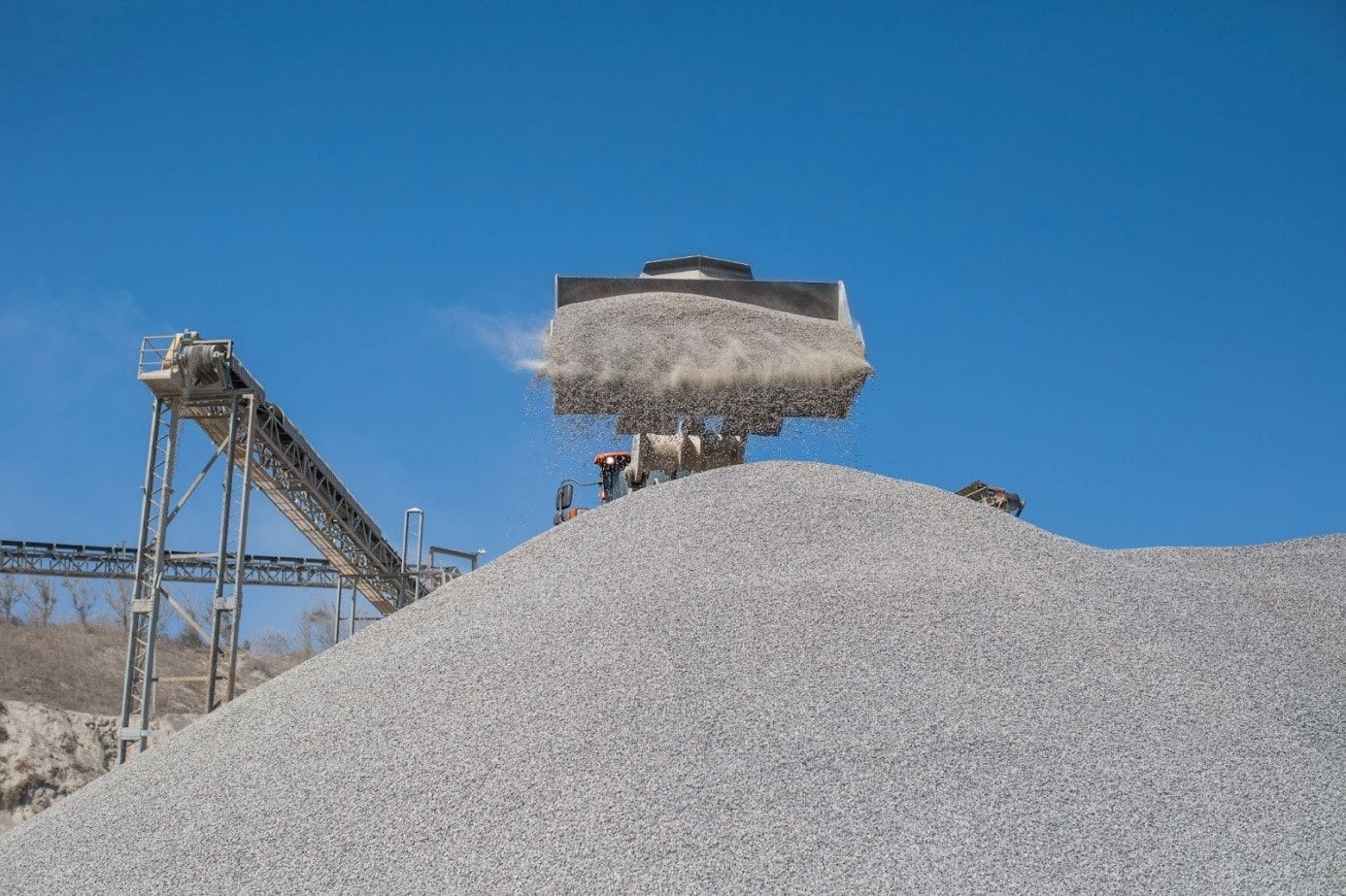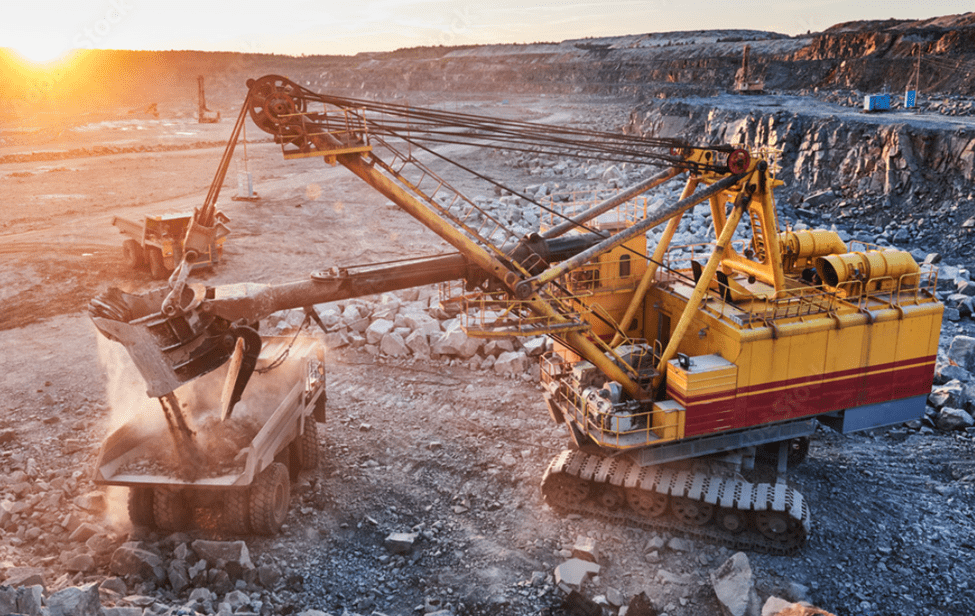Recent advances in technology have allowed solar farms to grow from being niche curiosities to clean energy solutions that provide thousands of people worldwide with electricity at a lower cost than coal, geothermal, gas, or nuclear energy.
Now that science has finally cracked the code of how to harvest energy from the sun, the next step is to improve its reliability and efficiency. Since solar farms are out in the open, there is a prevalence of energy output being compromised by dust floating in the atmosphere. Thankfully, the best dust control solutions can get rid of up to 99% of airborne dust, making sure solar panels remain dust-free and highly efficient.
What is dust control?
Dust control is the process of preventing dust particles generated by industry or other occupations from spreading through the air. Dust control is crucial to maintaining good health and safety standards in many workplaces, as continuous exposure to dust can cause lung diseases and other issues.
Dust particles in the air can come from both man-made and natural sources. Industrial activities, the burning of fossil fuels, and mass agricultural operations are examples of occupations that generate considerable amounts of pollutants in the air. Natural sources of dust include certain environments like deserts and mountains, precipitation, erosion from the wind, and natural phenomenons like sandstorms, dust devils, and volcanic eruptions.
Controlling dust is a predominant necessity in many occupations. Many industries, from construction to mining, forestry, and sandblasting, have dust removal systems designed to keep the workplace efficient and everyone healthy and safe. Installing dust control solutions on solar farms brings multiple benefits, such as keeping the air around the premises clean so solar panels have better access to sunlight and therefore a higher energy capture rate.
Learn more about dust control in solar farms
What is the impact of poor solar farm dust control?
Dust impacts efficiency and reduces revenue
The cells inside solar panels will not be able to capture sunlight if they are covered by dust. A two-year study performed by the Massachusetts Institute of Technology estimates that millions of dollars are lost annually by the solar farm industry because of air pollution (source).
Converting light into electricity requires the use of materials whose properties show the photovoltaic effect, a chemical and physical phenomenon where voltage is generated by interaction with light. Dust particles on top of a solar panel or in the air around block out the sunlight to the photovoltaic cells within, gradually reducing a panel’s efficiency as more dust builds up.
According to the study, solar power generation in areas with high traces of pollution in the air such as Kolkata, Beijing, and Los Angeles is affected so harshly that losses are calculated in the tenths of millions. Lost revenue in the city of Delhi, considered to be the most polluted capital city in the world, allegedly reaches $20 million annually, with panels only working at 12% capacity.
Dust reduces the durability of equipment and increases costs
Different dust particles are abrasive and can cause a variety of issues, based on where a solar farm is located. Even though rainwater may wash some dirt away from solar panels, depending on the composition of the soil, getting mixed with water can cause it to cementate, creating layers of sediment that will be harder to clean off, and can harm panels in the long run.
According to the National Renewable Energy Laboratory (source) cleanup of a 10-megawatt solar farm may cost around $5000, and in areas with high soil density, cleaning operations may be required more than once a year to maintain efficiency. In several cases, as much as 50% of energy output is compromised by dust.
Dust is harmful to humans and the environment
Prolonged exposure to dust causes people to develop a wide range of health issues, known in the medical community by the general term pneumoconiosis. Those afflicted with a lung disease may just develop mild symptoms like shortness of breath, but in some cases, pneumoconiosis can cause the death of a patient only months after contracting the disease.
Some forms of pneumoconiosis you may have heard about are:
- Black Lung Disease
- Farmers’ Lung
- Asbestosis
- Silicosis
- Cardiovascular diseases
Dust generated by working with common construction materials has traces of silica and other inorganic dust particles, which are very dangerous when inhaled. Extended contact with these particles can cause swelling, scarring, and thickening of the skin in the lungs, a condition referred to as fibrosis.
Airborne dust can drift with the air currents and end up polluting rivers and other natural habitats. Contact with dust can cause diseases in animals, ruin ecosystems, and cause crops and vegetation to die. A study performed on the impact of dust in agricultural operations in Australia (source) reported that, due to the dusty working conditions, about 89% of farm owners and managers provide their workers with disposable respirators.
5 ways to reduce costs with proper solar farm dust control
1. Choose long-term dust control solutions
One may be tempted to think that using a combination of water, glass cleaner, and elbow grease may be enough to return solar panels back to working order. While one can make the effort to clean solar panels manually, solar farms are huge. Utility-scale solar farms can cover spaces of more than 120,000 square meters, and even smaller distributed generation systems can cover whole neighborhoods or college campuses.
Long-term dust control solutions can save companies and organizations a lot of money per year. Just as solar farms are enticing because they’re a renewable, clean source of energy, problems in their operation should be dealt with in a renewable, clean manner.
Those interested in keeping a solar farm clean and dust free may be interested in learning more about technological advances like DMS-DS 100 and DMS-ALB.
Created with environmentally friendly nanomaterials, these solutions can be mixed with water and sprayed into the surfaces of a solar farm. DMS-DS 100 not only prevents the accumulation of dust on surfaces, but also prevents dust from being carried by the wind and affecting other places. DMS-ALB is an excellent cover for bifacial solar parks that want to control dust and increase the albedo factor for more efficient solar energy capture.
Dust control technology for solar farms
2. Controlling dust is better than cleaning it
Dust gets everywhere and getting rid of it is a very laborious task. Spending time and effort on dust prevention measures is better than having to periodically clean it. Some people take into consideration planting grass or other kinds of vegetation below solar panels and around the premises, but this does not come without an extra price.
When taking a solution of that sort, one must first realize that there are costs to keeping vegetation alive, especially in the vicinity of solar farms which tend to be in areas with very high UV radiation levels. Costs of water, fertilizer, soil, and seeds must be given thought to, plus the labor required to maintain green areas.
This time around, technology beats nature when looking for a surefire solution. DMS-DS 100 and DMS-ALB can reduce dust levels up to 85%-95% while saving on water and other resources which would otherwise be used for cleaning equipment.
3. Avoid dust particles from other environments
Even if dust is not produced at the site of the solar farm or solar park, it can still become a problem. Dust generated by industry and other means travels through air currents and can end up covering solar panels and other equipment. For example, cars driving through unpaved roads in the vicinity of a solar farm will kick up dust which will inevitably spread everywhere, including solar panels.
4. Reduce resource use and enhance performance
By implementing solar farm dust control solutions, businesses can improve their return on investment by 50% by reducing costs and enhancing the performance of solar panels. Not only does using DMS-ALB keep dust from covering solar panels, it also provides surfaces with an albedo factor of more than 80%. For no bi-facial solar photovoltaic panels projects, DMS-DS 100 will reduce dust pollution by up to 90% in the long term.
The albedo factor determines how much sunlight is absorbed by a solar panel and how much is reflected and dissipated into the atmosphere in the form of heat. It is important for solar panels to generate as much electricity and as little heat as possible since heat as a by-product can cause environmental problems around the area of the solar farm.
5. Improve health and safety conditions
By keeping a healthy and safe work environment, you are warding off several potential issues that may generate unexpected bills, such as equipment breaking down or an accident occurring.
Controlling dust increases the durability of equipment. In many cases, infrastructure or machinery will need early maintenance because lodged dust is causing corrosion or extra wear and tear. It will take longer for materials to erode, corrode, or require repairs if they are not constantly exposed to dust.





